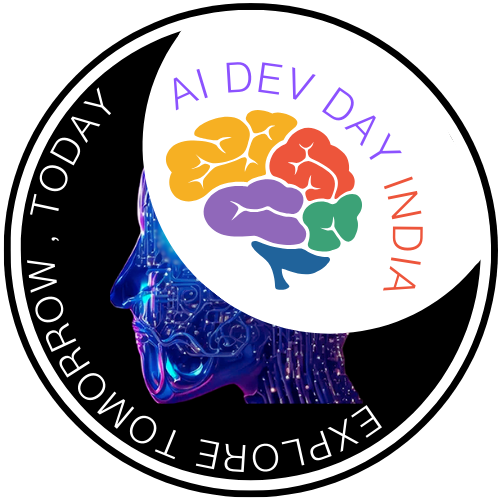Beyond Features: Building User-Focused Backlogs
No time to read? Sit back and enjoy the audio version of this post.
The Secret to Value-Driven Product Development
As a Product Owner or anyone involved in backlog management, it's easy to get caught up in tasks, deadlines, and features. But what if we told you that the best backlogs aren't feature-focused at all?
They're user-focused.
In this article, we'll break down two of the most misunderstood yet powerful tools in the product toolbox: User Personas and User Role Modeling. These tools will help you create value-driven backlogs that reflect real user needs, not just business assumptions.
What are User Personas?
User Personas are fictional but realistic representations of your users. Think of them as characters you create to better understand who your users are, what they care about, and how they behave.
A User Persona Usually Includes:
- Name (fictional but relatable)
- Age, profession, background
- Goals and motivations
- Pain points and challenges
- Behavior patterns
- Preferred tools or platforms
Example Persona:
Name: Priya, 28, UX Designer at a Startup
Motivation: Wants tools that save time and reduce manual work.
Pain Points: Frustrated with messy backlog items that lack clarity.
Behavior: Skims through Jira tickets quickly; prefers visual explanations over lengthy descriptions.
User Personas help you answer:
- Who are we building for?
- What does success look like for them?
- Why will they care about this feature?
What is User Role Modeling?
User Role Modeling is a technique that helps teams identify different types of users who interact with your product. Unlike personas, which are more detailed and empathetic, user roles are functional.
Common User Roles Include:
- Primary Users (directly use the product)
- Secondary Users (indirectly benefit from or support primary users)
- Admin Roles (manage or configure the product)
- External Actors (stakeholders, third-party services)
Example Role Mapping (for a learning platform):
- Learner (Primary)
- Instructor (Primary)
- Course Admin (Admin)
- HR/Manager (Secondary)
- External Certification Body (External Actor)
By doing User Role Modeling, you can:
- Clarify who the backlog item is for
- Discover overlooked user types
- Prevent bias by considering edge cases
How User Personas and User Roles Work Together
You can think of User Roles as the categories and Personas as the specific characters in those categories.
Example:
- User Role: Learner
- Persona: Rahul, 32, working professional preparing for a Scrum certification while managing a full-time job and family.
Understanding both helps Scrum Teams:
- Write better User Stories
- Prioritize backlog items with empathy
- Facilitate more meaningful Sprint Reviews
Common Mistakes to Avoid
- Treating personas like "marketing fluff" rather than strategic tools
- Creating too many personas and getting overwhelmed
- Confusing roles with job titles
- Using assumptions instead of real user research

How We Practice This in Our AgileWoW Workshops
In the PSPBMS (Product Backlog Management Skills) workshop, we teach you how to:
- Create and validate personas quickly
- Use them during backlog refinement sessions
- Map user roles to backlog items
In our PPDV (Product Planning, Discovery & Validation) workshop, we:
- Go deeper into persona-based hypothesis testing
- Conduct discovery interviews
- Use role-based story mapping techniques
And in the PSPO (Professional Scrum Product Owner) training, we:
- Explore the impact of personas on product vision
- Use them to drive stakeholder alignment
Building the right product isn't just about delivering fast. It's about delivering value. And to deliver value, you must know who you're delivering it to.
User Personas and User Role Modeling are not just tools – they are mindsets. They bring empathy, structure, and clarity to your backlog.
So, before you join us for the PSPBMS, PPDV, or PSPO training, take a moment to think: Who are you building for?
If you can answer that clearly, you're already ahead.
Ready to Dive Deeper?
See you in class!
This article is part of AgileWoW's Pre-Workshop Learning Series.




